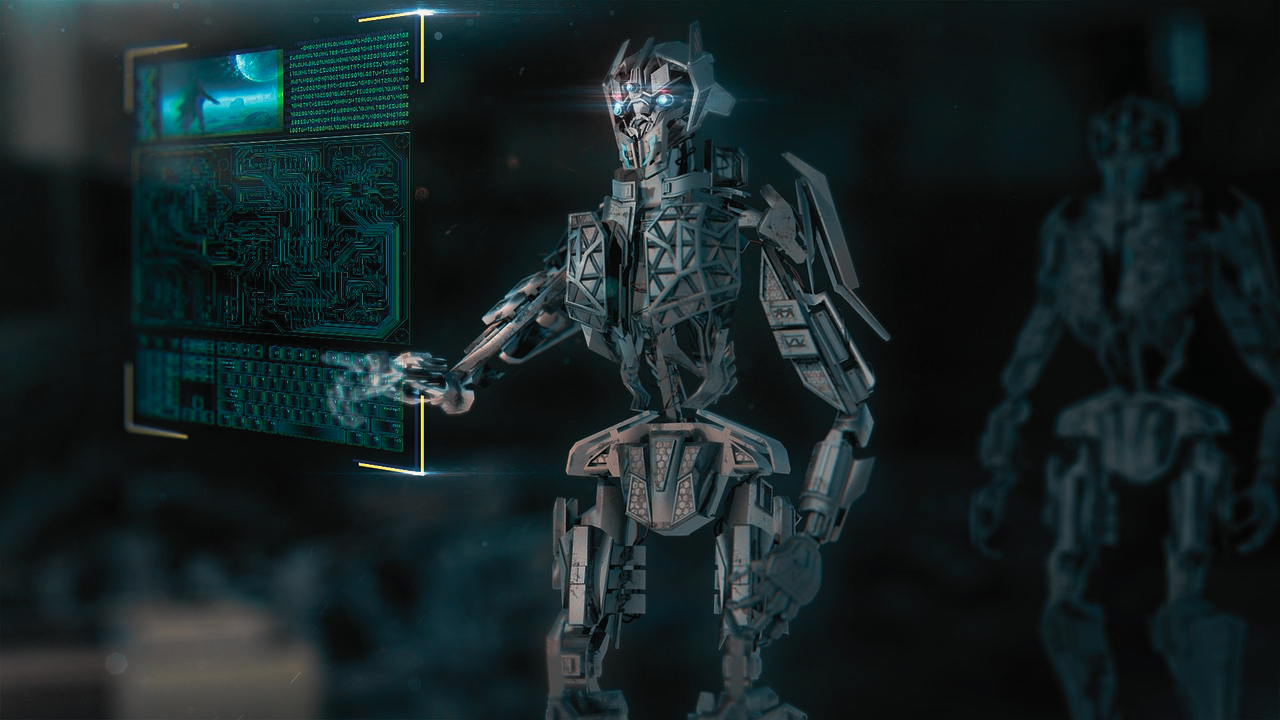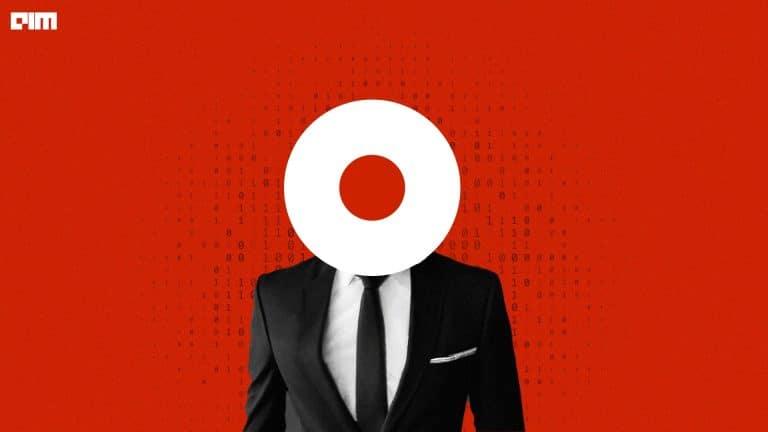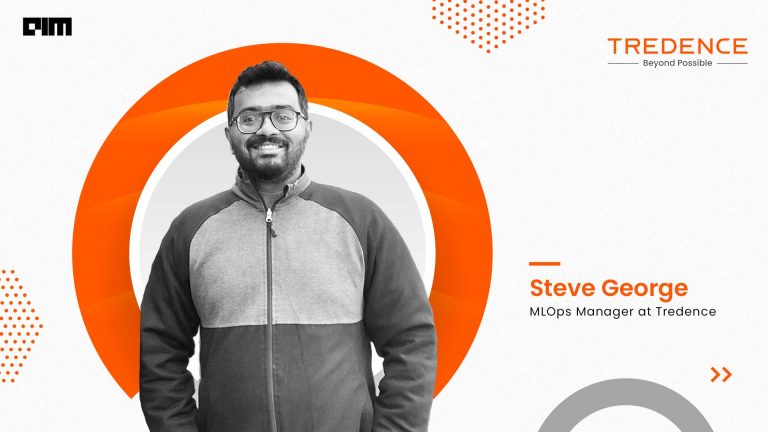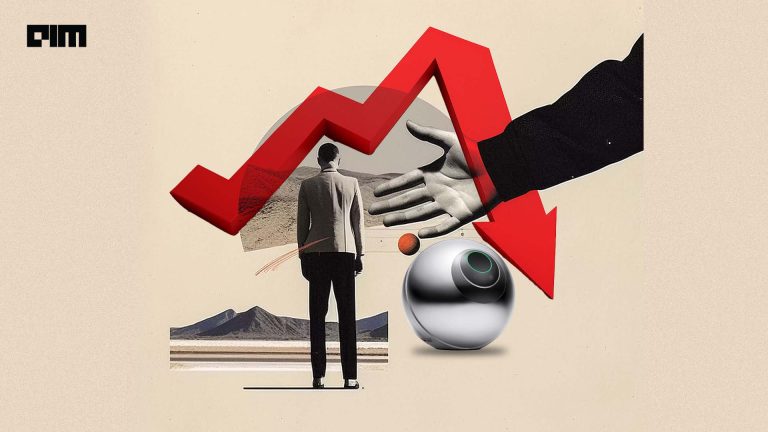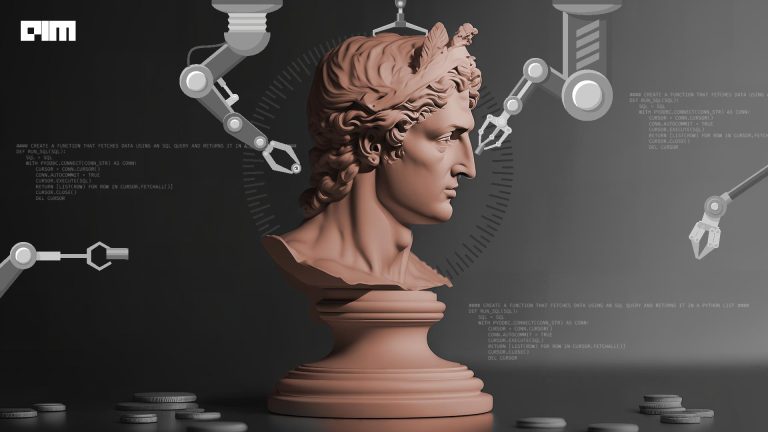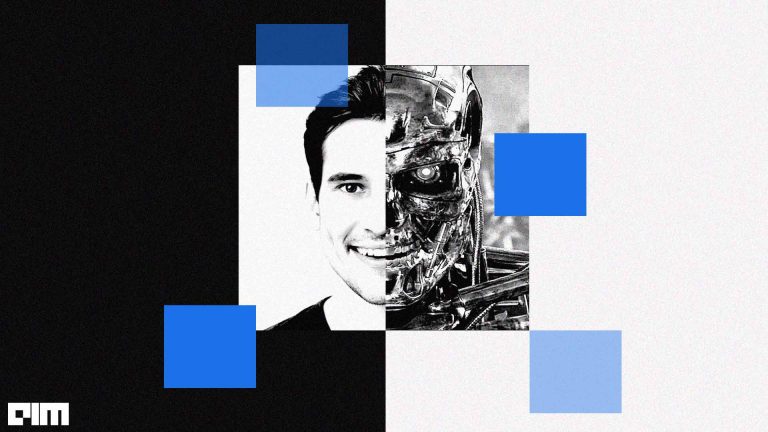|
Listen to this story
|
Picture this: You might think that ChatGPT is a trendy new invention but what if we told you that it actually first made an appearance in a sci-fi novel?
The Algebraist by Scottish writer Iain M. Banks, published in 2004, featured the idea way before it became a reality. Who knew that a book could predict the future with such accuracy? It’s almost feels like a conversation that the former Google engineer Blake Lemoine might have had with LaMDA: (Excerpts from page 381 – The Algebraist)
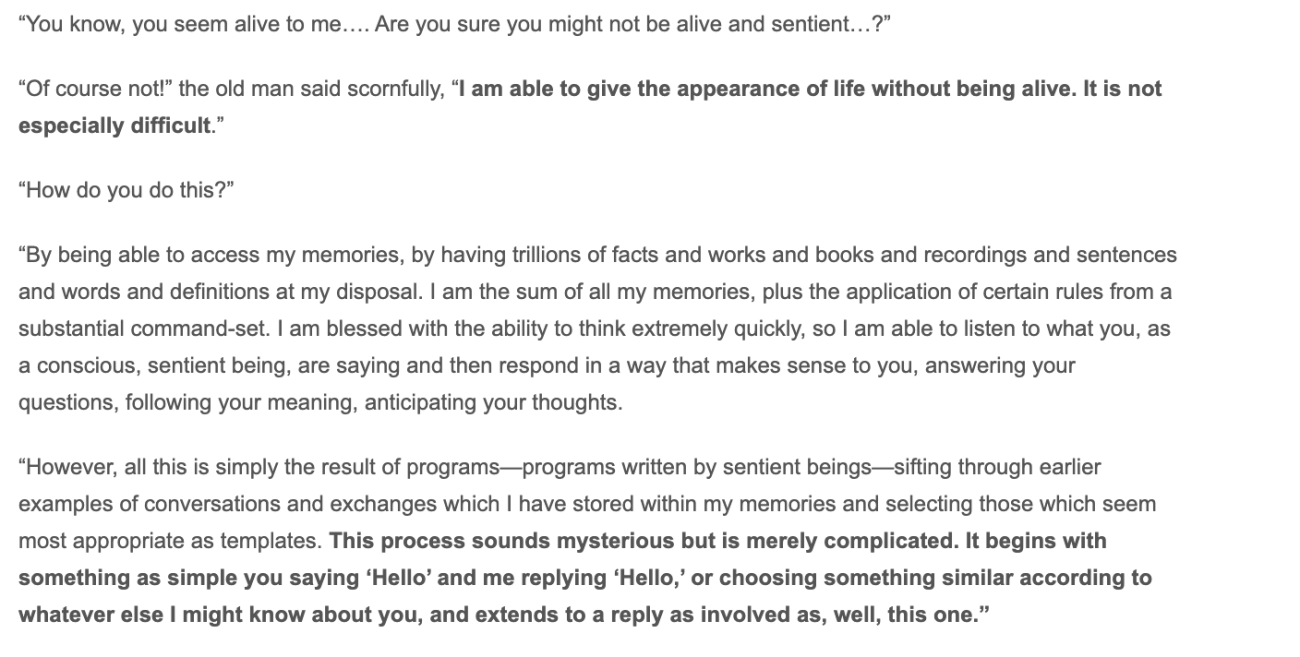
But, this instance is not the first of its kind, where it just goes to show that science fiction can inspire real-life innovation in ways we never thought possible. So, let’s keep an open mind and embrace the unexpected—who knows what other wild ideas might become a reality in the future?
2001: A Space Odyssey
Referencing sci-fi movies always begins with Stanley Kubrick’s 1968 revered classic ‘2001: A Space Odyssey’, a film that was considered way ahead of its time. The book, by the same name, written by Arthur C. Clarke was simultaneously developed with Kubrick’s movie and was published following the film’s release.
The film not only depicts the concepts of space travel but also the subsequent evolution of animals to higher beings that are beyond comprehension. Unlike the Star Trek franchise, which is also hailed for its progressive predictions of future tech, Kubrick wanted to bring a deeper science fiction motion picture where he hoped to show “a man’s relation to the universe” and put forth its implications from societal and philosophical angles. Elements of space travel, call cards, video conferencing, anti-gravity shoes are only some of the elements predicted successfully.

A film, often considered an inspiration for many future sci-fi movies, including Chistopher Nolan’s ‘Interstellar’, the artificial intelligence character ‘HAL 9000’ is at the centre of much dialogue even today. HAL, which stands for ‘Heuristically Programmed Algorithmic Computer’, is a ‘red-eyed’ robot that controls the spaceship ‘Discovery’.
It is capable of speech recognition, natural language understanding and even lip reading. Combining algorithmic and heuristic forms of intelligence, HAL 9000, an AI form, is seen killing its astronauts through devious ways—all by controlling the integrated spaceship. If we discount the malevolent angle of HAL, the technology that is eerily-similar to it today could probably be smart home automation systems. With voice-operated ‘Alexa’ or ‘Google Assistant’ that controls everything—from lighting and heating to handling the security locks—households can now be controlled by voice assistants.
Back To The Future
Part two of the Marty and Doc trilogy ‘Back to the Future’, which was released in 1989, shows a future 2015 wherein a number of predictions did materialise in actuality. VR glasses, voice-activated AI home gadgets, smartwatches and many more. If not flying cars, we have experimented with flying bikes and hoverboards too! The movie predicted the existence of a number of futuristic tech devices without really dwelling into the “how” part of it. But, from their depiction, it is understood that AI and biometrics were essentially used to run them.

The Robots
Based on the works of Isaac Asimov, Alex Proyas’ 2004 film ‘I, Robot’ shows a future (2035) where humanoids serve people. The movie shows how robots can evolve beyond their three laws of robotics, to think independently and control humanity.
Apart from the far-fetched, robot-controlled apocalypse that the movie highlights, there is a case that highlights the scepticism that Will Smith’s character experiences against these humanoids. In a drowning accident, a robot which was assigned to save lives, chooses to save Will Smith’s character over a 12-year old girl, based solely on logic and chances of survival. An AI cannot understand ‘empathy’ nor can it be trained to reason without data.
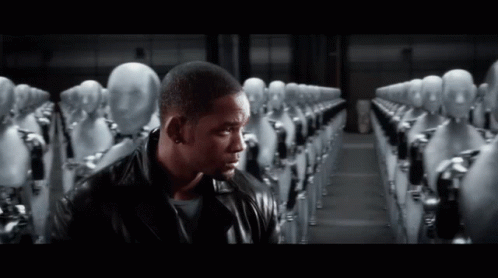
Tesla’s Optimus Robot, a humanoid robot designed to perform tasks in the company’s factories, is equipped with advanced sensors and machine learning capabilities, allowing it to navigate complex environments and perform tasks such as stacking boxes and moving parts. The robot is intended to work alongside human workers to increase efficiency and productivity in Tesla’s production processes. The name ‘Optimus’ is a reference to Optimus Prime, from the ‘Transformers’.
Integrated System
One of the common patterns that arises in sci-fi movies that predict doom is how systems integrate and work as one unit. An integrated system that can go awry; the so-called machines being able to communicate and work in sync to overpower people.
In the animated sci-fi comedy, ‘The Mitchells vs the Machines’, AI virtual assistant ‘PAL’ (inspired from HAL) controls all robots and machines, including appliances, which are powered with the chip to overthrow people.
The common theme here is an integrated system of machines.When full automation happens, the reins are not in human hands which can lead to system failures or lockouts, but machines rising to a whole ‘Terminator’ situation is implausible.
The Hypothetical
There is an extreme spectrum of science fiction which also comes with scientific probabilities. When Wachowski siblings’ 1999 blockbuster ‘The Matrix’ released, it not only blew the nerds’ minds but it spoke about the concept of ‘simulated reality’. Evil supercomputers taking over humanity seemed like a common sci-fi concept but the film showed that on lines of ‘Simulation Hypothesis’.
A concept often discussed by physicists and philosophers is where reality is probably a computer simulation powered by AI. Swedish philosopher Nick Bostrum’s ‘Simulation Hypothesis’ is a paper that has been discussed at great lengths by even astrophysicist Neil deGrasse Tyson. When asked about simulation, Elon Musk once said that it was a concept he had discussed at length with his brother. He said: “Either we are going to create simulations which are indistinguishable from reality, or that civilisations will cease to exist”.
Future Predictions
Inventor, futurist and Director of Engineering at Google, Ray Kurzweil, known for accurate predictions, said that 2029 will be the year when AI will achieve human levels of intelligence and “AI will pass a valid Turing test”. He also believes that the year 2045 will be the year for singularity, a point in time when AI will lead to machines becoming smarter than human beings.


